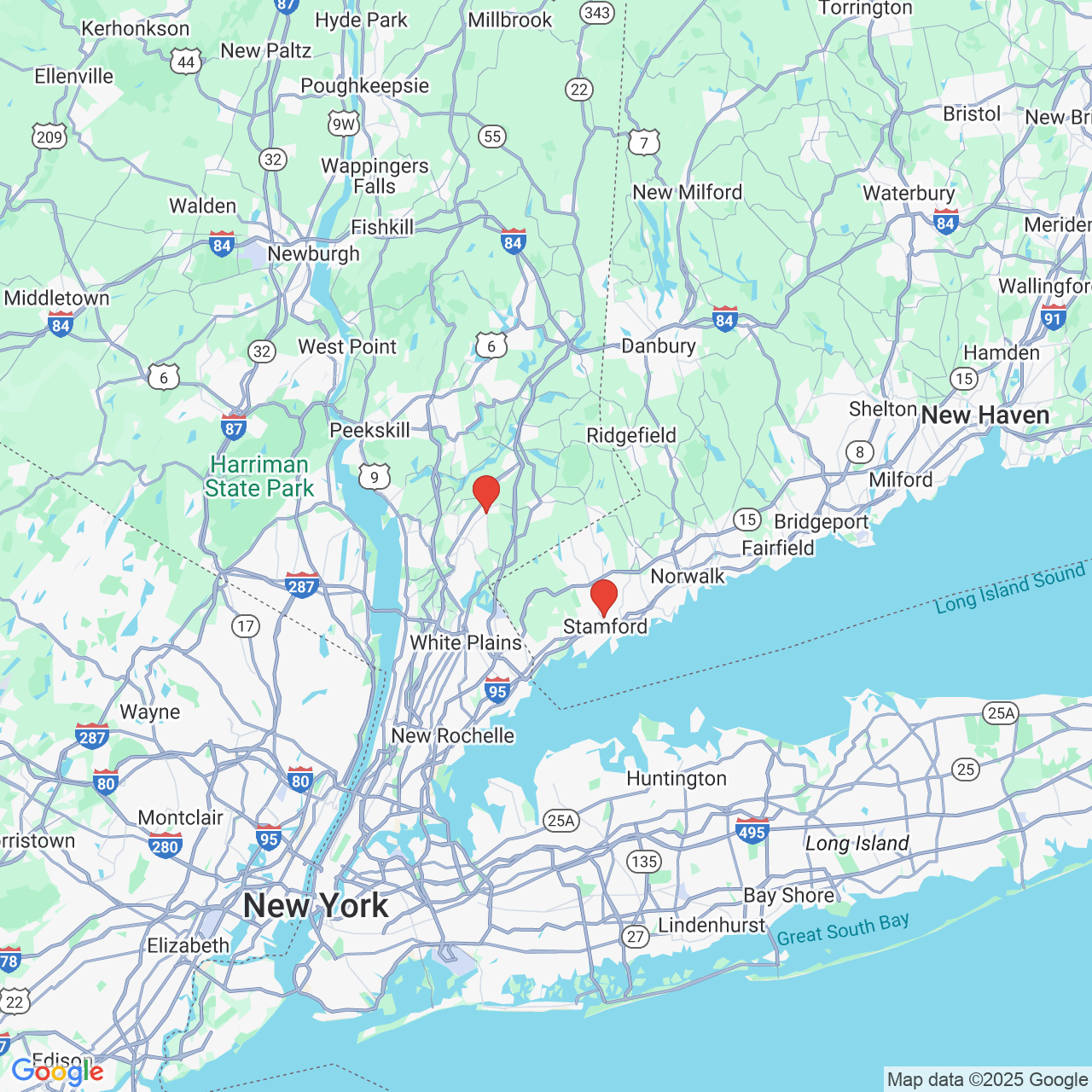DIEP (deep inferior epigastric artery perforator) Flap
The excess fat tissue along the abdomen/belly can be used for breast reconstruction. This is the same tissue that is removed during an abdominoplasty (tummy tuck) procedure.
What are the advantages of using your own tissue for breast reconstruction?
The advantages of using your own tissue for breast reconstruction are: it is considered the most natural type of reconstruction, the breast is warm, the breast can fight off infection better, the breast moves and feels most similar to your original breast because it is made from you! Also, sensory nerves that allow you to feel sensation can continue to grow through the tissue because the nerves don't hit a foreign object barrier. Another benefit is that your body will never reject your own tissue, so your breast is permanent after it heals.
DIEP Flap Method
The DIEP flap is a way of using your own excess abdominal/belly fat and skin (if needed) for your breast reconstruction. Small blood vessels keep your abdominal fat alive. These small blood vessels pass between the six-pack muscle (rectus abdominis muscle) fibers on your belly.
Dr. Vasile is an experienced surgeon at separating these small blood vessels from the muscle so only your fat is removed. Dr. Vasile does not remove your rectus abdominis muscle.
How is a DIEP flap different from a TRAM flap?
A TRAM flap removes the six-pack muscle (rectus abdominis) muscle to keep the small vessels with the fat. A DIEP flap separates the small vessels from the muscle and still keeps it with the fat. The difference between the TRAM flap and DIEP flap is: a DIEP flap preserves the rectus abdominis muscle and function.
The advantages of preserving the rectus abdominis muscle in the abdomen are maintaining core abdominal strength and reducing complications of the abdomen, such as hernias. In addition, there is less pain when the muscle is not cut.
The abdominal perforator flaps are named after the artery used to nourish the abdominal tissue. The abdominal flap is called a DIEP flap when the deep inferior epigastric artery perforator is used or a SIEA flap, when the superficial inferior epigastric artery is used.
With a DIEP flap breast reconstruction, the abdominal skin and fat and small blood vessels that nourish this tissue are transferred to the chest to create a breast. The vessels (artery and vein) are connected to vessels at the mastectomy site under a microscope. The rectus abdominis muscle and the function of the muscle are maintained with this procedure.
Dr. Vasile is able to identify the best vessel branches to use in the protocol she pioneered at Weill Cornell by imaging the vessels ahead of time with magnetic resonance angiography (MRA). This enables Dr. Vasile to plan the surgery in advance, which can reduce operative and general anesthesia time. In addition, the location and caliber of the best vessels are confirmed on MRA to identify suitable patients and donor sites for the surgery. This results in improved flap design and planning, leading to successful outcomes for patients.
Successful Outcomes
Dr. Vasile started the perforator flap breast reconstruction program at Northern Westchester Hospital, Mt. Kisco, NY in 2011. From 2011 to 2018, she has about a 0.5% flap fail rate in Westchester, NY.
The DIEP flap can be combined with other flaps (double or stacked flaps) to use fat from other areas on the body to yield more volume. Dr. Vasile was one of the first surgeons in the world in 2014 to offer 4 flap reconstruction using the fat on the front and sides of the abdomen (DIEP combined with DCIA perforator flaps).
The world's first 6 flap procedure that used the front, sides, and lower back tissue was done at Northern Westchester Hospital in February 2017 to successfully yield enough tissue for reconstruction of two breasts in a very thin woman. The world's second 6 flap procedure was done in March 2017.
Double flaps and multiple flaps can be a powerful reconstruction tool in the right patient. Double flaps simultaneously from the abdomen and thigh donor site or from two thighs are potential options that have yielded tissue in our breast reconstruction patients who thought they had no further options.
DIEP and perforator flap surgery is a highly specialized procedure. If you are considering this procedure, it should be performed by a team with sufficient volume, expertise, fellowship training in perforator flaps, and success rates. You should ask your surgeon questions regarding these factors.
Please click here: DIEP Flap FAQs to find the answer to additional questions patients have on surgery with Dr. Vasile.
